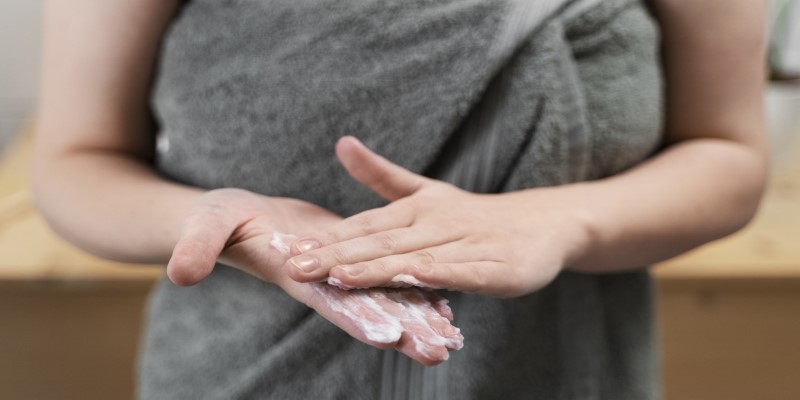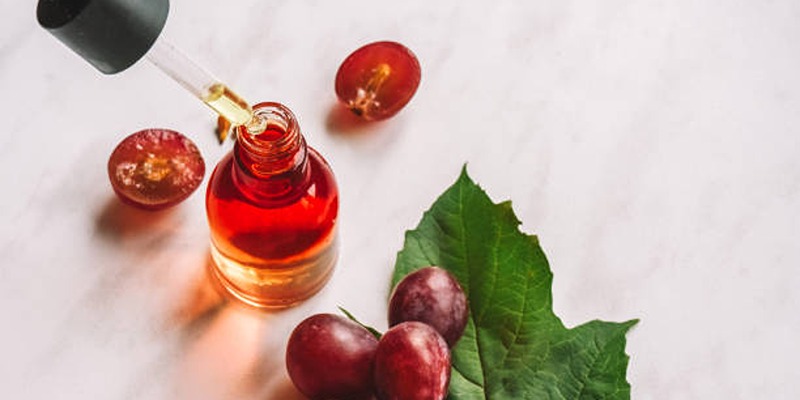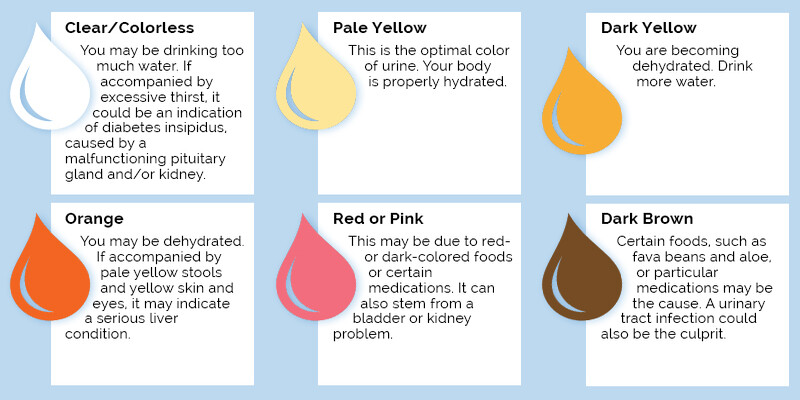Although most of us recognize that graying is an inevitable consequence of aging and probable future development, that does not mean we all approve of and welcome it. Indeed, in recent times, influencers and celebrities have taken to social media with great pride in their silver braids, and there was a period (which continues to this day) when gray hair tinting was fashionable. However, individuals who are not enthusiastic about graying shortly still want to remove those wiry offspring from their roots whenever they notice more than two sprouting in their mane.
A bulb-shaped hair follicle is in the skull. Melanocytes produce melanin around hair follicles. Natural hair color comes from melanin. Melanin synthesis decreases with age and stress, increasing the risk of myocardial infarction and hair with white and graying strands. Mélanocytes, which create brown pigment, may leave hair follicles as we age. Oxidative stress produces free radicals that prematurely gray hair follicles.
Side Effects Of Pucking Grey Hair
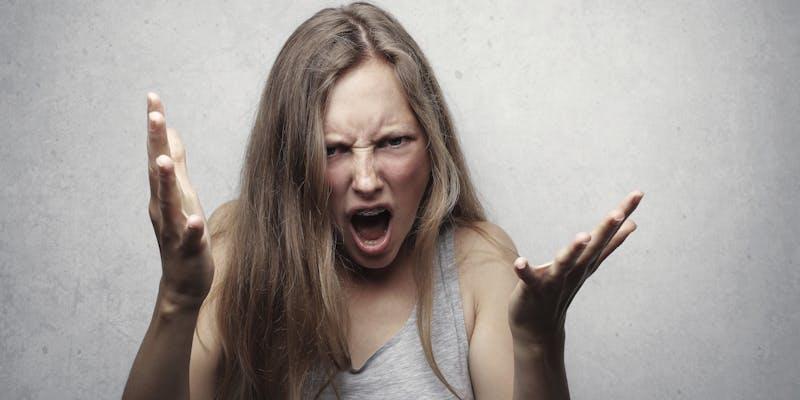
Risk of Infection
When you start plucking grey hair, you invite microorganisms into contact with your hair follicles. Because of folliculitis, this unwelcome encounter may cause your skin to become inflamed, swollen, and extremely uncomfortable. Suppressing an infection, inflammation, or anarchy within a hair follicle may result in a condition resembling acne in appearance. Not content to simply manifest, folliculitis manifests itself as excruciating pain, a rash that can significantly impede one's sense of style, and persistent irritation. Therefore, carefully consider your skin's health before plucking; it affects more than just your hair.
Ingrown Hair
It may appear that removing gray hair is a straightforward matter, but it is not. This process may disrupt your hair's natural growth after plucking grey hair. Ingrown hairs occur when a hair reverses direction and penetrates the skin rather than regrowing normally. In this case, you may experience ingrown hairs. Red patches, inflammation, and potential infection result from this defiance. The hair with white beneath your skin appears to be undergoing a U-turn and wreaking havoc. Reevaluating your approach to plucking may be necessary if you wish to prevent these unpleasant, itchy, and painful blemishes.
Follicle Damage
Over time, persistent plucking can severely damage your hair follicles, which is a significant setback. Unfortunately, this injury may even prevent new hair from follicular development. It may also cause a reduction in the rate of hair growth. The area where you have been plucking is experiencing permanent hair loss. It serves as a poignant reminder that pursuing aesthetic perfection can occasionally result in enduring repercussions. One should contemplate alternative methods that are more gentle on the skin and follicles if one is afflicted with unwanted hair.
Hair Shaft Distortion
Pulling can damage the hair follicle, causing different-looking and feeling regrowth. Experts say plucking hair is more than just removal. This technique can affect the form of regrown hair. The newly developed hair may be thicker or have a different texture than the old scalp. Its curled shape will last if bent during growing. If you pull dead hair, it may grow back differently. As your hair adjusts to a texture, it may become more obvious. It appears burlap has replaced silk. Not what you wanted.
Uneven Hair Growth
Plucking your hair too regularly can disrupt its development cycle and cause twisted hair. Hair that's inconsistent in length and texture is hard to style. It was like a choir performing different songs, but it didn't work. Grey hair can highlight the difference. The texture or color changes when hair with white regrows, making the irregular growth more obvious. Imagine a once-orderly lawn with gritty, variegated spots. Your hair behaves this way. Disorganized hair is hard to manage and style.
Ways To Take Care Of Grey Hair
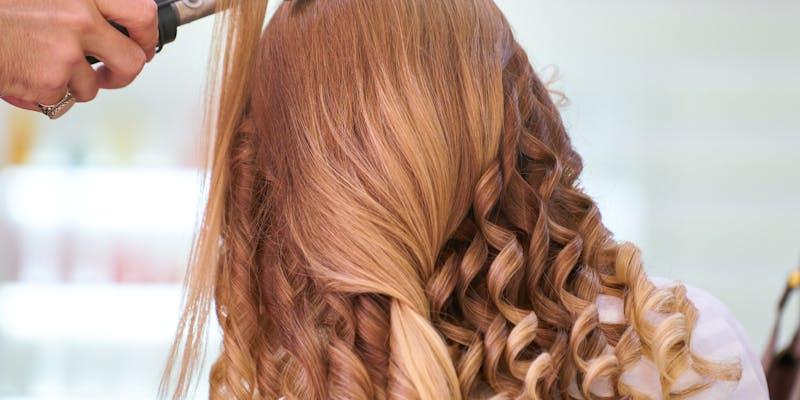
Moisturizing Grey Hair
To maintain healthy natural white hair, moisturize often. Choose an older hair shampoo and conditioner. These products usually contain chemicals that moisturize and shine hair. Moisturized grey hair is softer, brighter, and simpler to manage. Applying these hydrating products daily can transform your hair's texture and appearance. Gray hair can be proudly worn with the correct products to show off its natural beauty and refinement.
Protecting from Sun Damage
Wear a hat or scarf to protect your hair, especially gray, from the sun. Wearing a hat outside is the best approach to protect hair. Use UV-filtered hair products instead. Keep gray hair healthy and colored by shielding it from the sun. Protective haircuts and avoiding lengthy sun exposure can also reduce damage. These measures can keep natural white hair strong and shiny. Sun protection will preserve your hair's color and luster regardless of its tint.
Gentle Styling Practices
Gray hair needs cautious handling to avoid breaking. Use a wide-tooth comb instead of a finer brush to prevent snagging or pulling. Be careful brushing wet hair, which breaks easily. Avoid hard brushing, and dry hair naturally to avoid damage to the heat styling tool. When styling your hair, avoid heat tools. A subtle style may keep natural white hair healthy and stunning while adding sophistication. The gentle style celebrates and cares for graying hair at any stage.
Regular Trims
Keeping hair healthy and young requires regular haircuts. Reduced damage improves hair appearance and promotes growth. Over time, untreated split ends can worsen the hair shaft. Trim hair every six to eight weeks to avoid this issue and maintain its health. Maintaining a routine can enhance your hair's shine and ease its management. Regularly groomed hair is best for styling and maintenance. A regular hair trim program helps all hair types grow healthier, thicker hair.
Invest in Good Hair Products
Consider gray hair when buying hair products. Pollution and improper hair care cause dull or yellow-gray hair. Products for natural white hair enhance silver undertones and reduce yellowing. Due to these substances, these products nourish and care for hair. They also help preserve gray hair's texture, which may differ from pigmentation. Shampoos, conditioners, and treatments for natural white hair can improve its appearance and texture.
